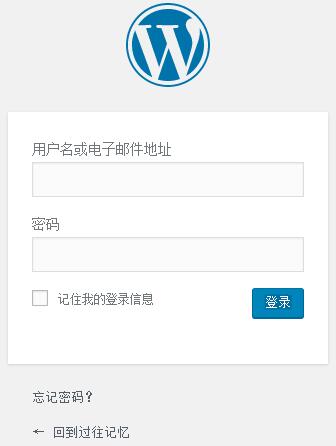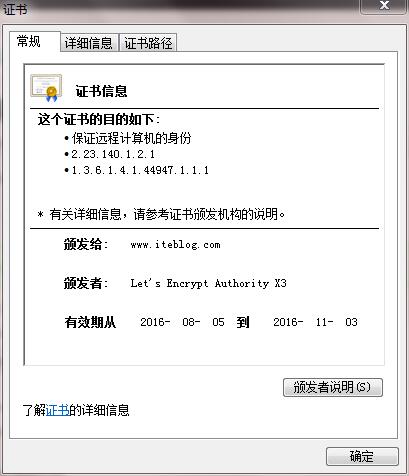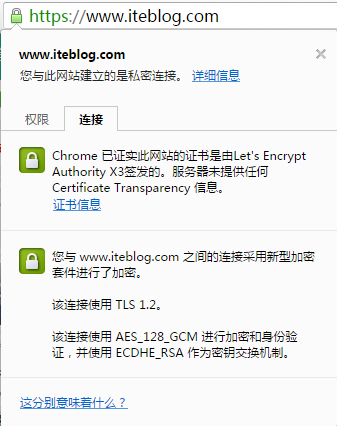文章目录
1、自动向 WordPress 编辑器插入文本
编辑当前主题目录的 functions.php 文件,并粘贴以下代码:
< ?php
add_filter( 'default_content', 'my_editor_content' );
function my_editor_content( $content ) {
$content = "过往记忆,专注于Hadoop、Spark等";
return $content;
}
?>
2、获取 WordPress 注册用户数量
通过简单的 SQL 语句,即可方便获得 WordPress 注册用户的数量:
$users = $wpdb->get_var("SELECT COUNT(ID) FROM $wpdb->users");
echo "总共有 ".$users." 位注册用户";
3、根据指定自定义字段获取 WordPress 文章
在 query_posts() 函数中传入自定义字段参数,即可获取对应文章列表:
< ?php query_posts('meta_key=review_type&meta_value=movie'); ?>
< ?php if (have_posts()) : ?>
< ?php while (have_posts()) : the_post(); ?>
参数中 meta_key 是索要获取自定义字段名称,meta_value 是自定义字段取值。
4、获取某个时间段的 WordPress 文章
编辑 index.php 文件,只需在循环体之前,添加以下代码即可。当然需要根据需要更换时间段的设置:
< ?php
function filter_where($where = '') {
$where .= " AND post_date >= '2009-01-01' AND post_date < = '2010-01-01'";
return $where;
}
add_filter('posts_where', 'filter_where');
query_posts($query_string);
?>
5、为某个 WordPress 标签生成 RSS 订阅源
如你所见,标签可以通过逗号分割,这样也可以获取多个标签的 RSS Feed 源:
<a href="/?feed=rss&tag=query_posts,loop">
6、防止缓存 WordPress 样式文件
通过服务器端设置以防止客户端读取缓存文件:
<link rel="stylesheet" href="<?php bloginfo('stylesheet_url');
echo '?'.filemtime( get_stylesheet_directory().'/style.css'); ?/>" >
7、用户统计文章字数的 WordPress 函数
在当前主题的 functions.php 文件中粘贴以下代码:
function wcount(){
ob_start();
the_content();
$content = ob_get_clean();
return sizeof(explode(” “, $content));
}
函数调用方法:
< ?php echo wcount(); ?>
8、禁止 WordPress 自动保存文章
要禁用 WordPress 的自动保存功能,请编辑 functions.php 文件并添加以下代码:
function disableAutoSave(){
wp_deregister_script('autosave');
}
add_action( 'wp_print_scripts', 'disableAutoSave' );
9、告别 Pingbacks
在 phpMyAdmin 中执行以下语句,一键搞定恶心的 Pingbacks 功能。
UPDATE `wp_posts` SET ping_status="closed";
10、为 WordPress 文章插入作者信息
编辑主题对应的 functions.php 文件并粘贴以下代码:
function get_author_bio ($content=''){
global $post;
$post_author_name=get_the_author_meta("display_name");
$post_author_description=get_the_author_meta("description");
$html="<div class='clearfix' id='about_author'>/n";
$html.="<img width='80' height='80' class='avatar'
src='http://www.gravatar.com/avatar.php?gravatar_id=".md5(get_the_author_email()).
"&default=".urlencode($GLOBALS['defaultgravatar'])."&size=80&r=PG' alt='PG'/>/n";
$html.="<div class='author_text'>/n";
$html.="<h4>Author: <span>".$post_author_name."</span></h4>/n";
$html.= $post_author_description."/n";
$html.="</div>/n";
$html.="<div class='clear'></div>/n";
$content .= $html;
return $content;
}
add_filter('the_content', 'get_author_bio');
本文转载自www.feisi.net/Jiaocheng/wordpress/13862.html
本博客文章除特别声明,全部都是原创!原创文章版权归过往记忆大数据(过往记忆)所有,未经许可不得转载。
本文链接: 【WordPress的使用小技巧】(https://www.iteblog.com/archives/1124.html)









